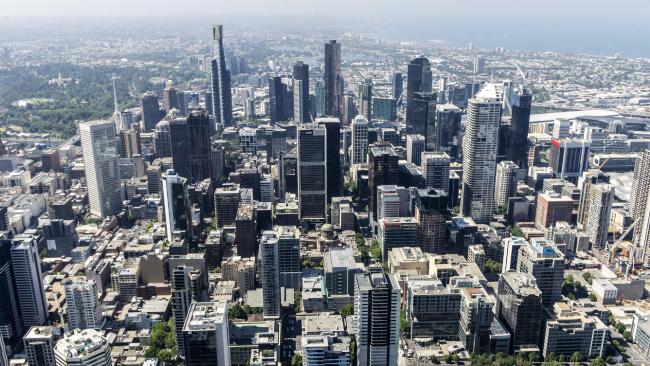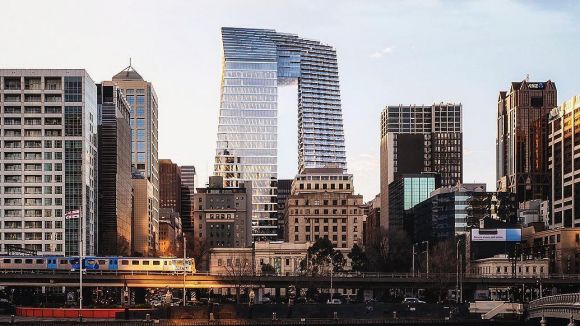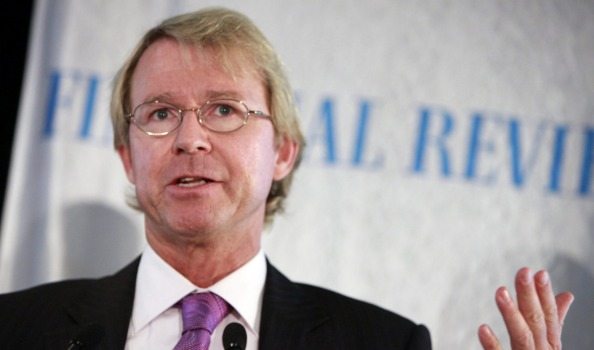Apartment prices in our major city centres have dropped by an average of 6.3 per cent in the 12 months to July, latest CoreLogic figures reveal.
More over, prices have dropped in every capital CBD across the country.
But perhaps more interesting is that our nations highest performing capital cities in Melbourne and Sydney have suffered the most with prices dropping some 8.4 per cent and 9.1 per cent respectively over the 12-month period – due in large part to the steady flow of new high density developments underway or nearing completion.
In fact, a report published in February last year by Melbourne City Council planner Leanne Hodyl found that high-rise apartment building density in Melbourne was as much as four times the maximum densities allowed in cities like Hong Kong, New York and Tokyo.
The report took a particular damning view of Melbourne’s Southbank, the fastest growing local government area in Australia, where “there was general consensus that the building densities (in the order of 30:1) and urban form… were unsupportable.”

Melbourne’s CBD is becoming an arguably dense landscape. Picture: Eugene Hyland
Some of the newest CBD towers approved in our city centres include developer Brady’s $150 million, 68-level building at 280 Queen St with 533 units, a gym, spa and cinema. Also geting approval is ‘Collins Arch’, a 42-level twin-tower structure at 447 Collins St worth $1.25 billion. Nearby at 460 Collins St, approval for a $100 million, 61-storey development by Golden Age Sunrise will feature 172 units.

Collins Arch at 447 Collins Street
It’s this appetite for new high-rise construction in Melbourne and Sydney that has had many experts cautioning of an oversupplied apartment market; a highly divisive topic within the industry that has polarised much discussion between developers, councils and the general public.
Regardless of which side of the debate you sit on, there’s no denying that a steady flow of foreign investment focused largely on our nation’s inner city CBD market appears to be the stimulus behind continual development, with recent APRA legislation and Labor State government tax hikes doing little to spur activity from offshore investors who still see Australian real estate as a safe haven.
REA Group analysis has shown that in Melbourne alone, there are over 18,000 apartments under construction that are scheduled for completion within the next 18 months. This represents a huge uptake in the number of new stock on market when compared to historical data which suggests Melbourne’s CBD has added just 1,500 apartments every 18 months for over a decade.
Across Melbourne, Brisbane and Sydney, the central bank estimates at least 40,000 inner-city apartments will be completed in the next two years.
REA Group’s Chief Economist Nerida Consibee believes these “high levels of development will put pressure on rents” which has already occurred in Brisbane and Perth CBD’s. It may also lead to an increase in vacancy rates which is a greater cause for concern, as “no tenant equals zero rent, and therefore no return on investment.”
Conisbee also highlights potential long-term settlement risks that could occur when these projects near completion; as banks pull out from funding investor loans or value completed properties well below original purchase price, as they “see it as a risky or bad investment.”
“Banks are now being restricted on the amount that they are lending, particularly to investors. They are being capped on the growth in their lending so they may see that particular apartment development as not being worthy of their lending. People have put down deposits two years ago… but the banks can change their approach to risk quite significantly.”
If settlements fall through and investors default on their purchase, it could lead to a large number of apartments coming back on the market and sitting empty or alternatively being sold at a discounted price. These “distressed” property sales have already begun to occur where some apartment stock has even been selling at some 20 to 30 per cent below developers’ original valuations.
Offshore financial groups are taking advantage of these conditions, such as Hong Kong based Mortgagee Property which has sold over 100 distressed apartments in Melbourne & Brisbane over the past three months to overseas investors seeking a bargain as apartment buyers rescind contracts and developers try to clear unsold stock.
The Reserve Bank has echoed these concerns, warning that the level of new apartment blocks approaching completion could send some developers broke and leave the banks nursing big losses.
These concerns have a struck a nerve with some lending institutions such as Bankwest, a subsidiary of the Commonwealth Bank of Australia, who has adopted tougher lending conditions to investors in Melbourne and Brisbane where there appears to be an oversupply of investment-grade apartments.
Other mortgage brokers who work as intermediaries between borrowers and lenders, have apparently been offered commissions of up to 10 per cent by developers seeking to offload their apartment stock to clients.

AMP Capital’s chief economist Shane Oliver believes apartment prices will fall in the range of 15 to 20 per cent.
AMP Capital chief economist Shane Oliver has predicted apartment prices could fall by 15 to 20 per cent by 2018 in the most oversupplied areas.
“There was a massive multi-dwelling building boom going on in Brisbane, Sydney, Melbourne and Perth… There’s a real risk of oversupply. I wouldn’t be surprised to see outright price falls.”
It’s for these reasons that we generally advise our clients against purchasing CBD apartment stock, but rather to seek out areas poised for longer-term capital growth that are supported by strong investment fundamentals. We tend to gravitate towards boutique style apartment and townhouse developments that are well serviced by local infrastructure and amenity.
However, more important than anything is that our clients invest in property that is suitable to their specific needs and financial objectives. We employ a rigorous investment and due diligence process to achieve this. You can learn more about our philosophy by clicking here.
Source: news.com.au | theaustralian.com.au | afr.com | abc.net.au
